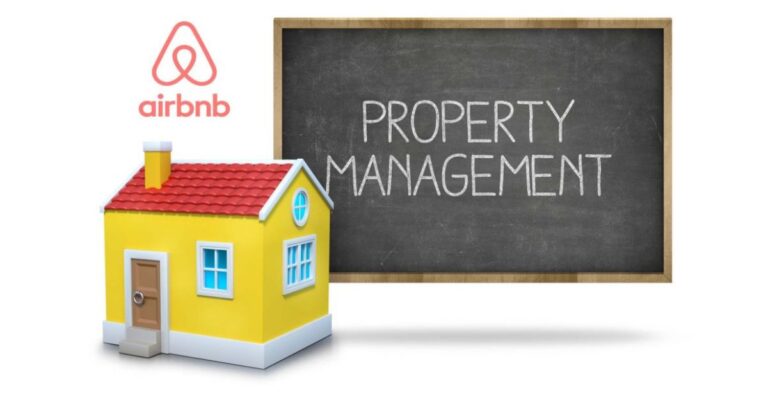Property Condition Assessment Report: What You Need to Know
If you’re a commercial real estate investor or lender, you know that assessing the physical condition of a property is crucial before making any investment decisions. And this is exactly where a Property Condition Assessment report comes in.
A PCA report is a comprehensive evaluation of a property’s physical condition and can help you understand the capital expenses associated with that asset.
The report follows standards set by the American Society for Testing and Materials (ASTM) and includes a detailed description of the property’s systems, components, and equipment. Also, it identifies potential deficiencies and provides recommendations for repairs or replacements.
By ordering a property condition assessment report, you can make informed decisions about your investment and avoid any unforeseen costs down the road.
In the following sections, we’ll provide an overview of what a PCA report entails, the assessment procedure, and answer some frequently asked questions.
Key Takeaways
- A Property Condition Assessment (PCA) report is a comprehensive evaluation of a property’s physical condition that follows the ASTM standards.
- A PCA report identifies any deficiencies and provides recommendations for repairs or replacements, helping you make informed investment decisions.
- Understanding the PCA assessment procedure and frequently asked questions can help you navigate the commercial real estate market with confidence.
What does a property condition assessment report involve?
As a property owner or a potential buyer, it is important you know the condition of the property you own or are interested in purchasing. And this is what a property condition assessment report provides you with.
Here are some PCA report basics that you should know before getting a property condition assessment:
The objectives of a property condition assessment
The objectives of a PCA are to identify any physical deficiencies, assess the condition of the property’s major systems and components, and provide recommendations for repairs and replacements.
After all, the PCA report is used by everyone from property owners, buyers, and lenders. Also it helps make informed decisions about a property’s value, potential risks, and necessary repairs.
The scope of a condition assessment
A PCA typically includes a visual inspection of the property’s major systems and components. This includes the roof, HVAC, electrical, plumbing, and structural systems.
The assessment may also involve a review of relevant documents, such as maintenance records, building plans, and permits.
During the assessment, an inspector will document potential deficiencies and provide recommendations for repairs or replacements. Also, they will provide you with a cost estimate for the recommended repairs and replacements.
It is important to note that a PCA is not a guarantee of the condition of the property. Rather, it is a snapshot of the property’s condition at the time of the inspection.
As such, it is important to get regular maintenance and inspections to keep your property in good condition.
What is the process of property condition assessment report preparation?
When preparing a property condition assessment report, there are four main processes that an inspector follows. This includes:
- Document review
The first step in the assessment procedure is the Document Review. It involves reviewing all available documents related to the property, including maintenance records, repair invoices, and warranties.
This step is essential in identifying any past or current issues that may affect the condition of the property.
- Walk-through survey
This step involves physically inspecting the property, both inside and out, to identify any visible defects or potential issues.
During this step, the inspector will take detailed notes and photographs of any areas of concern.
- Interviews
The third step is conducting Interviews. This involves speaking with relevant parties such as property managers, maintenance staff, and tenants to gather information about the property’s history, maintenance, and any known issues.
This step is essential in identifying any issues that may not be visible during the walk-through survey.
- PCA report preparation
The final step in the assessment procedure is the Preparation of Findings. This involves compiling all of the information gathered during the Document Review, Walk-Through Survey, and Interviews into a comprehensive report.
The report should include a summary of the property’s condition, any identified issues, and recommendations for addressing those issues.
Bonus tip
It’s important to note that the assessment procedure should be conducted by a qualified inspector. Also, such an inspector should be familiar with the relevant industry standards, such as the ASTM E2018-15 Standard Guide for Property Condition Assessments.
By following the proper assessment procedure, you can ensure that your PCA report is accurate, comprehensive, and useful for making informed decisions about the property.
Frequently asked questions
How is a property condition assessment report structured?
A property condition assessment report typically includes an executive summary, a description of the property, a summary of the findings, and recommendations for remediation or repairs. The report may also include photographs, diagrams, and other visual aids to help illustrate the condition of the property.
What distinguishes a property condition report from an appraisal?
A property condition report is focused on the physical condition of the property, while an appraisal is focused on the market value of the property.
A property condition report may be used to identify potential issues or risks associated with the physical condition of the property. An appraisal, at the same time, is used to determine the fair market value of the property.
What are the typical costs associated with conducting a property condition assessment?
The cost of a property condition assessment can vary depending on the size and complexity of the property, as well as the scope of the assessment.
Generally, the cost of a property condition assessment ranges from a few thousand dollars to tens of thousands of dollars.
Which elements are typically included in a property condition assessment?
A property condition assessment typically includes an evaluation of the building envelope, the electrical, mechanical, and plumbing systems, the structural components, and other building systems.
The assessment may also include an evaluation of the site, including the parking lot, sidewalks, and landscaping.
Why is a property condition assessment report important for real estate transactions?
A property condition report is often used as part of the due diligence process in real estate transactions. The report can help identify potential issues or risks associated with the physical condition of the property, which can inform negotiations between the buyer and seller.
How do property condition assessment companies perform their evaluations?
Property condition assessment companies typically follow industry standards and guidelines when performing their evaluations. The assessment may include a visual inspection of the property, as well as a review of documents related to the property, such as maintenance records and building plans.
The company may also use specialized equipment and tools to evaluate the condition of the property.







